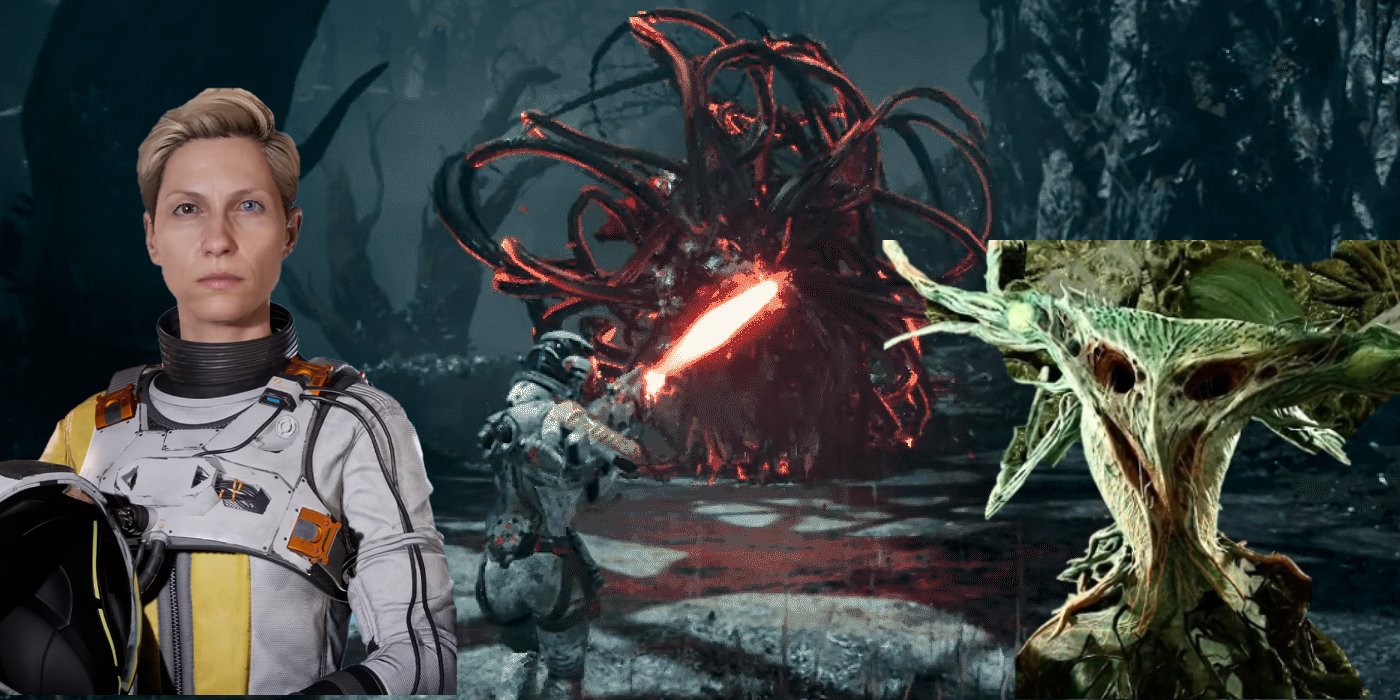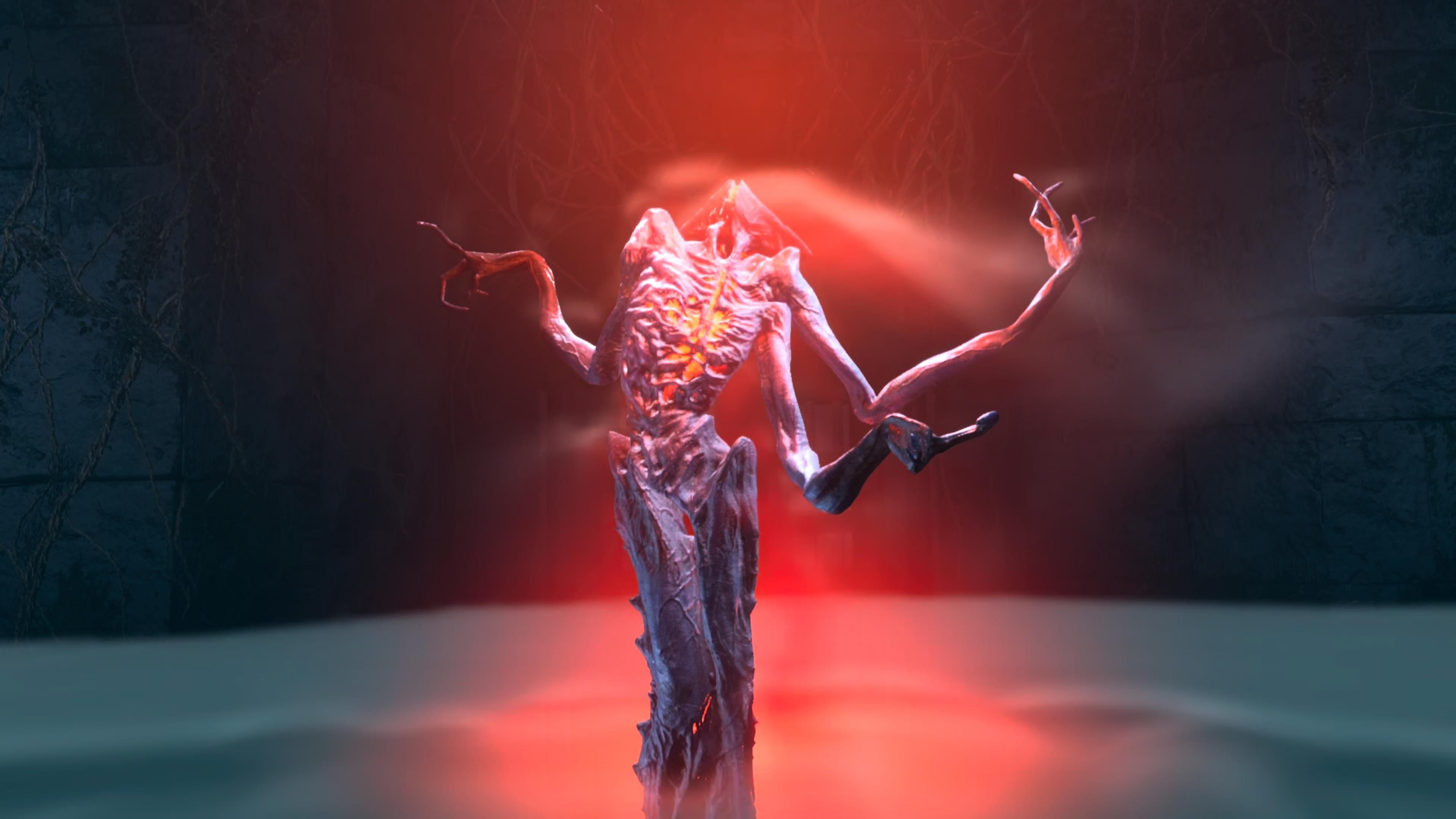Returnal is the newest addition to the games exclusive to PS5, as a sci-fi third-person shooter with roguelite elements. Returnal's gameplay is enhanced by the new technology of the next-gen console, paired with interesting and unique mechanics that take full advantage of Sony's DualSense controllers. Another key element in the success of Returnal is its mysterious story, filled with a Lovecraftian sense of existential dread, monumental scenery infusing players with a sentiment of puniness, and a seemingly inescapable, endless time loop.
Housemarque's use of Greek mythology references throughout the entirety of Returnal injects every scene with a connotation of epic tales lost in time. Returnal is not the first game to feature elements from Greek mythology, with other games centering their story around these elements. Among the most obvious there is Hades, which shares far more than Greek mythology with Returnal in the form of roguelite elements, and less obvious games like Borderlands.
Returnal's Selene And The Planet Atropos
The main character in Housemarque's sci-fi game is Selene, a Greek-American space explorer landing on the off-limits planet called Atropos. In Greek mythology, Selene is the goddess of the moon, and the character displays beautiful heterochromia, with a bright blue eye and a darker one. Some fans believe that her heterochromia is a way to represent the dark side of the moon, which is a very poetic element if true. Atropos, on the other hand, in Greek mythology is one of three women — the Moirai, or Moirae — being the incarnation of destiny.
These women were in charge of making sure that all mortal or divine beings lived their lives as destined, with Clotho being the one who spins the thread life, Lachesis measuring the thread, and Atropos cutting the thread and determining the way life ended. With this in mind, it's easy to see why the planet in Returnal is called Atropos, as the planet determines the cause and the moment for Selene's demise each time she dies. However, Selene's loop always starts back at the beginning, after her ship is shot down.
Helios, The Obolites, And Greek Gods
Selene's ship, the Helios, is also a reference to the Greek god of the sun, and brother to Selene. Later, it's implied that Helios could also be Selene's son in the timeline where she returns to Earth. Another connection to ancient mythology is that the currency found in the game is called Obolites, the Greek Obols, and the same coins used in Hades. Upon dying, players lose all their Obolites, and this could be yet another hidden reference to Hellenic myths.
In fact, when at the time people died, they were believed to cross the river Styx in order to reach the underworld. However, the boatman carrying them — Charon — required payment for the journey, and so the dead were buried with coins they could carry in the afterlife to pass the river safely. Maybe, Selene has to lose her Obolites so that she can start the loop again.
Returnal features several bosses, too, with each of them named after a being from Greek mythology. Phrike is the Greek spirit of horror, with the word literally meaning "shivering." Ixion was, according to the myths, the son of Ares (the god of war) and the murderer of his bride's father, for which reason he was exiled. In Returnal, Ixion is chained in an arena-like area, which in a way is fitting for both elements.
Then Nemesis is the boss encountered when Selene tries to understand what "White Shadow" is. In Hellenic mythology, she is the goddess of retribution, and in the game she is in a sense her own nemesis. Lastly, there are the two Titans, Hyperion and Ophion, with the former being the ruler of the world before Zeus and father to Selene, and the latter being the first king of heaven, overthrown by Cronus, the god of time.
Returnal is available in PS5.



